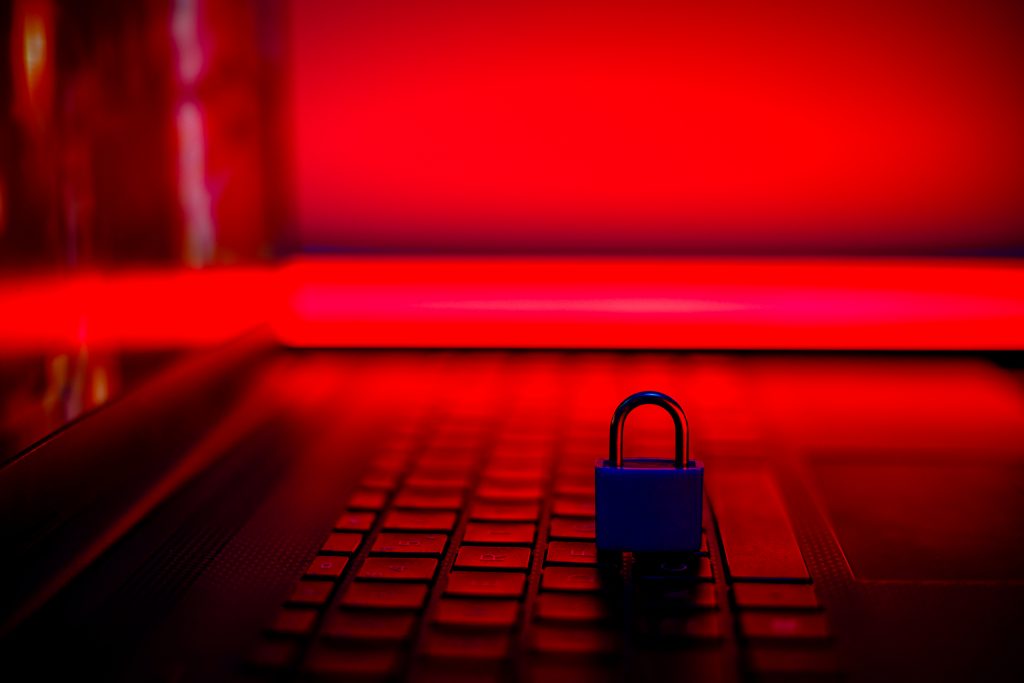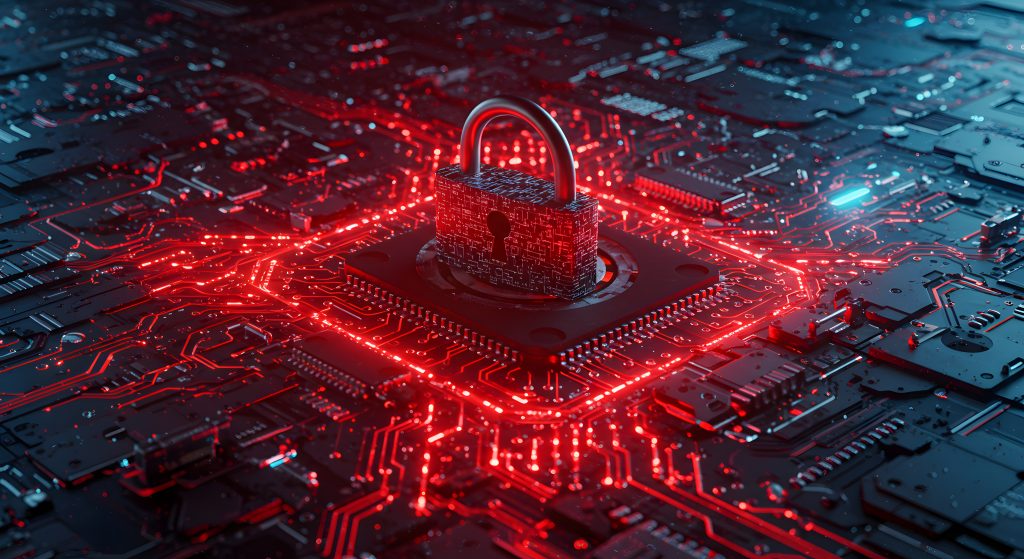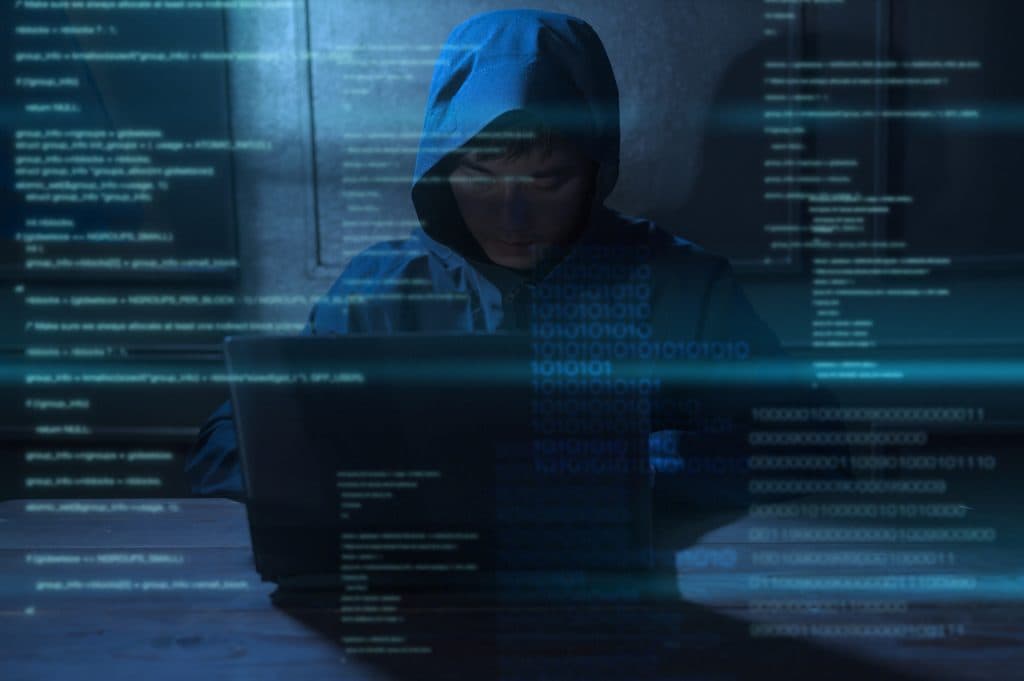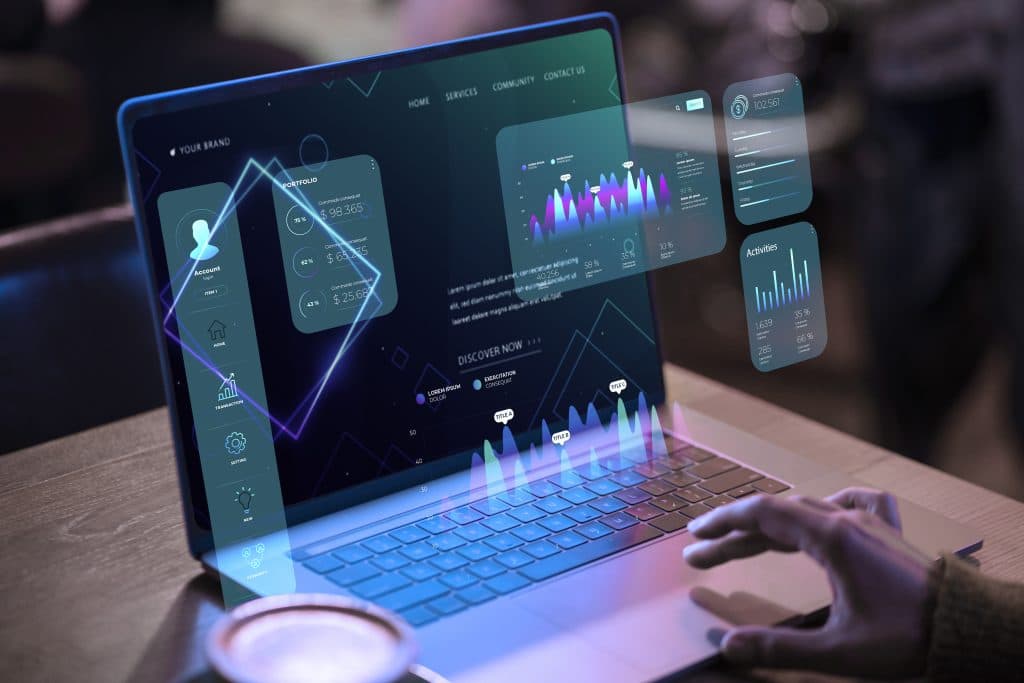AI in Cybersecurity: How Machine Learning Detects Threats Faster
Discover how AI in cybersecurity improves threat detection, reduces risks, and strengthens defense against evolving cyberattacks.
Cyberattacks are evolving fast. Hackers now use AI to launch smarter phishing scams, craft deepfakes, and automate attacks at scale. At the same time, AI is no longer just an experimental tool. It has become a core part of modern defense systems.
AI in cybersecurity helps by spotting threats early and guiding faster responses. Machine learning models sift through network traffic, learn patterns, and flag bad behavior that traditional systems might miss. As attackers grow more advanced, AI-powered security tools are keeping pace by monitoring, learning, and adapting in real time.
In this blog, we will cover what AI in cybersecurity brings to the table, how machine learning enhances threat detection, the benefits and limitations of AI-powered security tools, and what the future may look like for this technology.
Why AI Matters in Cybersecurity
AI in cybersecurity is becoming essential because cyberattacks keep getting more complex. Traditional tools can only do so much. Hackers now use automated methods, and security teams cannot keep up without automation on their side.
AI helps by spotting patterns that humans might miss. It can analyze huge amounts of data in real time, which makes it easier to detect threats before they spread. For example, AI can notice when user behavior looks unusual, such as someone logging in from a strange location or downloading too much data at once.
Another benefit is speed. Security teams often take hours or even days to investigate alerts. AI can cut that time down to minutes. This means companies can respond faster, reduce the damage, and protect sensitive data more effectively.
But while AI is powerful, it is not a complete solution. It works best when combined with human judgment. People can understand context, something AI still struggles with. That is why AI should be seen as a tool that supports security teams, not one that replaces them.
How AI Helps Detect and Prevent Threats

AI in cybersecurity shines when it comes to detecting threats early. Traditional systems often rely on known attack signatures. That means they can only stop threats that have already been identified. Hackers know this, and they constantly create new methods to avoid detection.
AI works differently. It uses machine learning to recognize patterns of normal activity, then flags anything unusual. For example, if an employee suddenly tries to access large amounts of sensitive files, AI can spot it and alert the team right away.
Phishing is another area where AI makes a big impact. Instead of relying only on filters, AI can analyze email language, sender details, and even tiny errors in domain names. This helps block phishing attempts before they reach users.
AI also helps prevent attacks by predicting possible risks. By analyzing past incidents and system behavior, AI tools can warn teams about weak spots that need fixing. This proactive approach reduces the chance of a successful breach.
Benefits of Using AI in Cybersecurity
AI in cybersecurity brings several clear benefits that help both businesses and users.
1. Faster detection
AI can process huge amounts of data much quicker than humans. It can scan logs, traffic, and user activity in real time. This speed helps stop attacks before they spread.
2. Better accuracy
Traditional systems often create too many false alerts. AI reduces this by learning the difference between normal behavior and real threats. Teams waste less time chasing false alarms.
3. Stronger protection at scale
As businesses grow, their systems and networks expand. AI can adapt to larger environments without needing a bigger security team. It offers consistent protection across devices, apps, and users.
4. Predictive power
Instead of reacting to threats after they happen, AI can highlight weak points early. This predictive ability helps organizations strengthen their defenses before an attacker makes a move.
5. Continuous improvement
AI systems learn from every new attack. This means the protection gets better over time, unlike static tools that quickly become outdated.
Challenges of Using AI in Cybersecurity
AI brings many benefits, but it also comes with challenges that organizations need to handle.
1. High cost
Building and running AI tools is expensive. Smaller businesses may struggle to afford advanced AI systems.
2. Data quality issues
AI learns from the data it is trained on. If the data is incomplete or biased, the system can make mistakes. This may leave gaps in security.
3. Complexity
AI systems can be hard to understand. Security teams may not always know why the AI flagged an activity. This lack of clarity can create trust issues.
4. Risk of AI-powered attacks
Hackers also use AI to make their attacks smarter. They can use AI to create better phishing emails, scan for vulnerabilities faster, or bypass defenses.
5. Dependence on technology
Relying too much on AI can be risky. If the system fails or is tricked, attackers might slip through without anyone noticing.
How AI Is Used in Cybersecurity Today
AI in cybersecurity is already shaping how organizations protect their systems. Instead of relying only on human analysts, artificial intelligence in cybersecurity works alongside teams to handle threats faster and with greater accuracy.
Threat detection
AI tools scan network traffic and user behavior to spot unusual activity. For example, if a login comes from a new device in another country, the system can flag or block it.
Phishing prevention
AI can analyze emails for suspicious patterns, fake domains, or unusual wording. This reduces the chance of employees falling for phishing attacks.
Malware defense
Traditional antivirus software often reacts after malware is known. AI systems identify new, unknown malware by studying behavior, not just known signatures.
Fraud detection
Banks and online services use AI in cybersecurity to track transactions. If something looks suspicious, like sudden large purchases, the system can stop the action or require extra checks.
Security automation
Instead of waiting for a human to review every alert, AI tools can block or isolate threats immediately. This cuts down response time and lowers damage.
The Future of AI in Cybersecurity

The role of AI in cybersecurity will keep growing as digital threats evolve. Hackers are getting smarter, and manual defenses cannot keep up. Artificial intelligence in cybersecurity offers a way to stay ahead by predicting risks, not just reacting to them.
Smarter threat prediction
AI will continue to improve its ability to spot weak points before attackers do. This shift from reaction to prevention will make systems more resilient.
Better integration with tools
In the future, AI will become a built-in feature of most cybersecurity platforms. It will work in the background, protecting data, apps, and networks without needing constant attention.
Collaboration with humans
AI will not replace security teams but will support them. It will handle repetitive tasks while people focus on strategy and decision-making.
Growing focus on ethics
As AI takes a bigger role in security, questions about privacy and data use will increase. Organizations will need to balance stronger defenses with responsible use of technology.
Arms race with attackers
Hackers will also use AI to make attacks harder to detect. This means the battle between defenders and attackers will continue, with AI playing a central role on both sides.
Conclusion
AI in cybersecurity is no longer optional. As attacks become faster and more complex, artificial intelligence in cybersecurity provides the speed, accuracy, and scale needed to protect systems and data.
Organizations that use AI-powered security tools can detect threats early, prevent breaches, and respond faster than ever. At the same time, managing AI systems carefully is essential, because no technology is perfect. Combining AI with human expertise creates the most effective defense.
The future of cybersecurity will rely on AI to handle routine threats while security teams focus on strategy, planning, and decision-making. Companies that embrace AI in cybersecurity today will be better prepared for the threats of tomorrow.
Verwandte Artikel

Aug 26, 2025
Read more
Open Source Vulnerabilities: Risks, Examples, and How to Stay Secure
Learn about open source vulnerabilities, real-world risks, and best practices to protect your software and keep your data safe

Aug 19, 2025
Read more
API Security: Common Threats & How to Protect Your Data
Learn API security strategies to identify common vulnerabilities, protect sensitive data, and safeguard your applications from cyber threats.

Aug 12, 2025
Read more
Beginner’s Guide to Webhooks: How They Work
Beginner’s guide to webhooks that explains what they are, how they work, and how they can make your apps faster and more efficient.

Aug 05, 2025
Read more
Why ‘More Applications’ Isn’t Always a Good Thing
High volume job applications can slow your hiring process and bury great candidates. Here's how to focus on quality over quantity.

Jul 29, 2025
Read more
How B2B IT Team Extension Can Transform Your Business
Scale your business fast with B2B IT team extension. 8SENECA offers flexible remote developers to grow your tech team

Jul 28, 2025
Read more
Case Study: Laying the Foundation for Scalable Software Services
Scalable software development for e-commerce that solved real problems using automation, CI/CD, and a small team with big results.
